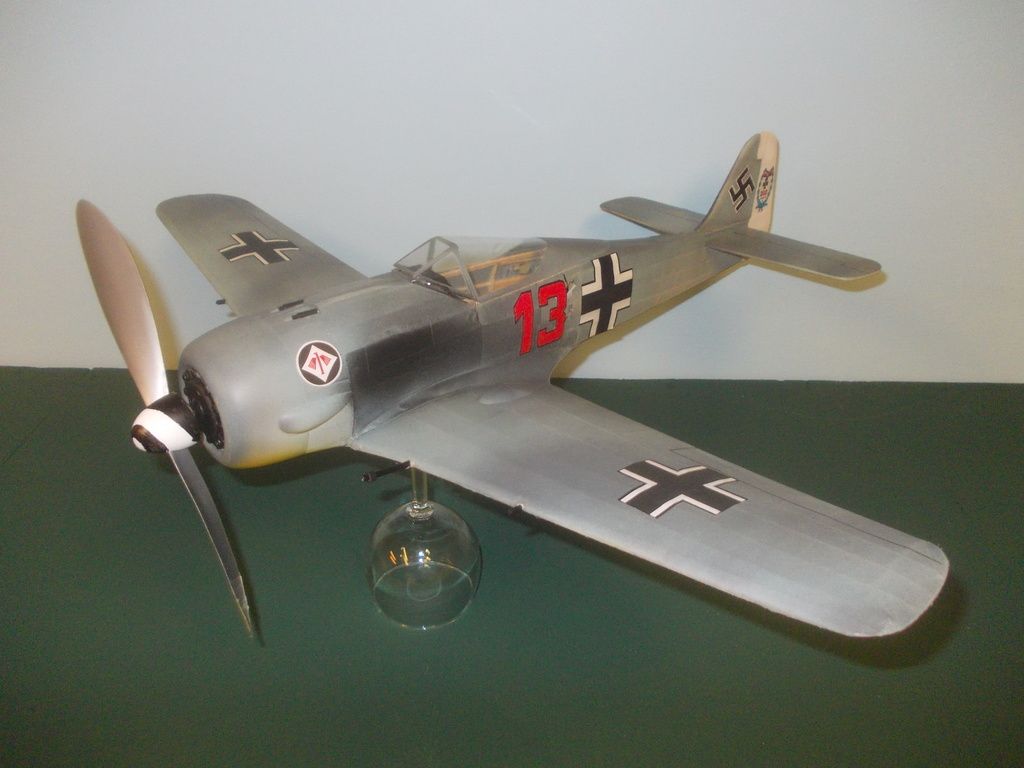tom arnold wrote:...Here's where the wire with a hook at one end and a handle at the other comes in. You transfer the wound motor from the winder to the hook on the wire and drop your winder gently. Holding the handle, you slide the winding tube outside the model. Taking the prop you have been holding in your mouth, you transfer it to the rubber motor and gently drop the winding tube and wire. ...
I'm having trouble understanding this part of the sequence. After you drop the winder and are holding the wire attached to the rubber, it seems to me you'd have to drop the winding tube first before attaching the prop - the tube can't slide over the prop to get it off. Am I right? Unless the winding tube has an open seam that lets you take it off from around the rubber without having to slide it off lengthwise.
Also, which part of the equation gets the "crocket hook?" The end of the motor that attaches to the wire?
Lastly, any recos on type of wire? Does a straightened hanger wire work?

